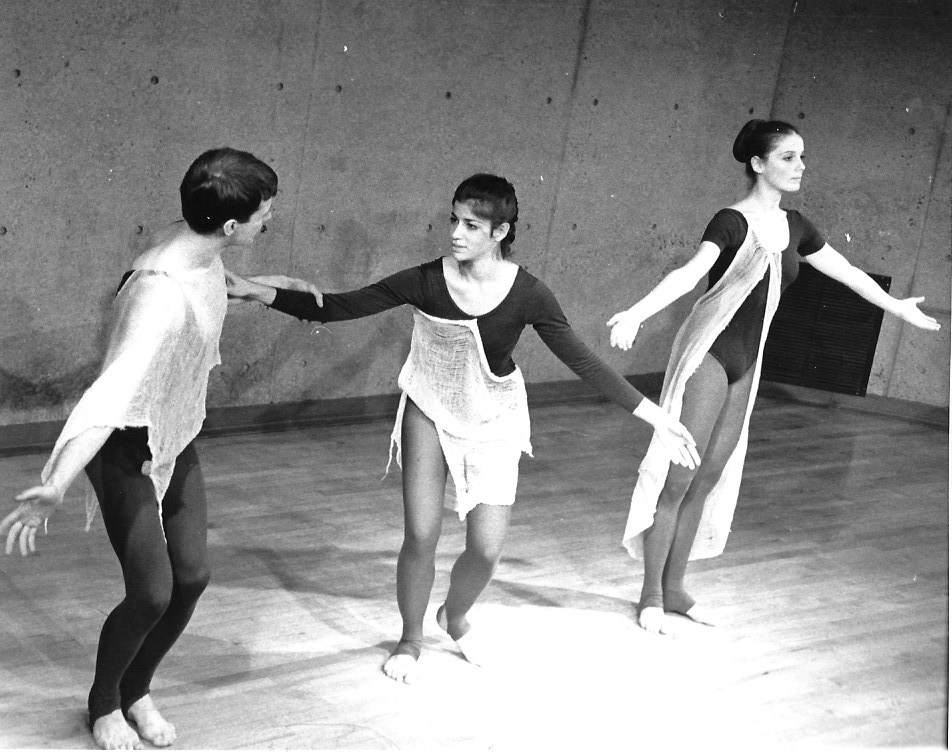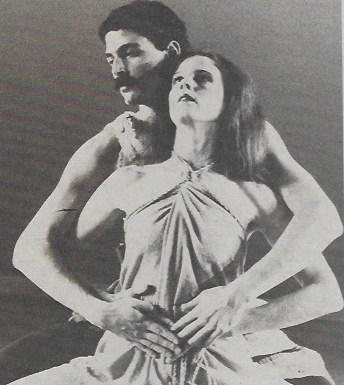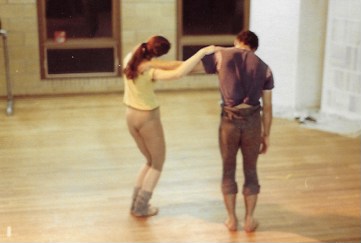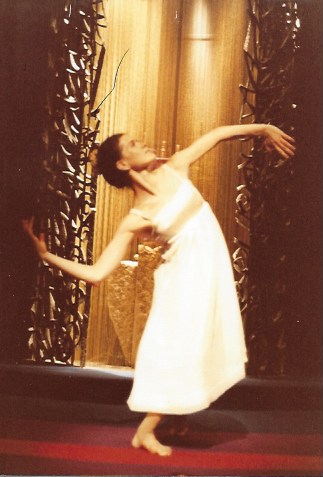I think Stanley Brechner, the Artistic Director of the American Jewish Theatre, came to our performance at Hebrew Union College in April of 1979 and that is where the discussion first began for us to become part of the American Jewish Theatre’s 1979 – 1980 season. I found in my file two letters between myself and Stanley Brechner. Avodah would receive 70% of the box-office receipts with ticket prices in the range of $2.50 to $3.50 in a house that seated 90. While that wasn’t great compensation I do remember knowing this was a great opportunity for us to have exposure in the New York area. An article in Show Business (September 27, 1979) was among the publicity we got for the three-week run:
“The American Jewish Theatre produces, mostly comedies and dramas, although occasionally we do musicals and dance,” says artistic director Stanley Brechner. “Quality is the first criterion,” he stresses, “although the play should deal with the Jewish experience in some way.”
As I began to work on this blog, I was curious to learn more about the American Jewish Theatre. Did it still exist? And if not what was Stanley Brechner doing? I got some answers but not all. The American Jewish Theatre was founded in 1974 by Stanley Brechner. Henry St. Settlement gave them space for three to four productions a year, office space, use of telephones but no money. By the end of the 1979 season they had moved to the 92nd Street Y and remained there until 1987. Shortly after that they occupied the Susan Block Theatre in Chelsea as a subtenant of the Roundabout Theatre. In 1993 an article in The New York Times (July 17, 1993) reported a disagreement between the Roundabout Theater and its tenant, the American Jewish Theater, over the occupancy of the Susan Block Theater because the Roundabout said it wanted to use the space itself. Locks were changed and all the property of the American Jewish Theater was moved to a locker. Stanley Brechner is quoted as saying, “The American Jewish Theater is now homeless.” The article went on to point out that the American Jewish Theater had 2,500 subscribers and an annual budget of $375,000.
It appears that they continued producing plays through 1998. After that I can’t find any professional information on either the American Jewish Theater or what Stanley Brechner is currently doing.
Back to 1979 and our performances in the very simple and intimate recital hall of Henry Street. We presented the five pieces in our repertory at that time: In Praise, Sabbath Woman, I Never Saw Another Butterfly, Sarah, and Shevet Ahim Gam Yahad. I have written about the first four of those pieces in earlier blogs. Shevet Ahim Gam Yahad (“behold, how good it is to dwell together”) was set to music of Lucas Foss and explored how we can relate to each other as community. I did not feel most of the piece was successful but did love a trio section that later I included, to different music, in a piece that we created for the Selichot Service.

Among the dancers in the Fall of 1979 in New York City was Beatrice Bogorad whom I met when she was a dance major at Florida State University in Tallahassee. Bea came to dance late in her college career and I remember seeing her in class when she first came and wondering if she would make it in the dance world. Well…. she sure did and I was so glad that she worked with us first in Tallahassee and then continued to perform with the New York company when she was available.

American Jewish Theater.
As a relatively unknown modern dance company in New York City and with so many performances it was a challenge to fill the house. Luckily Henry St. and the American Jewish Theater had a following. Sometimes we were totally full and at other times we had small audiences. One particular night stands out very clearly in my mind. There were only six people in the audience. However, one of those attending was Jennifer Dunning, one of three dance critics of The New York Times. Hum… do I share this with the dancers? I pondered and then thought I had best mention it because I certainly did not want them to be discouraged with such a small audience. They, of course, danced beautifully. We eagerly waited for the review to appear in the paper. Alas, it didn’t. I learned that many reviews are cut based on space and the editor of the section. I did call the Times and ask if we could see the review and a week or so later I received it in the mail. It was quite respectable and while I couldn’t quote from it, it was very reaffirming. The review was positive to all the dancers and ended with, “Miss Bogorad, in particular, is a young dancer to keep an eye on.” Indeed she was right on, for over the next several years, Bea danced with Charles Moulton and Susan Marshall, consistently receiving outstanding reviews. We were thrilled when she was free and could continue to perform with Avodah.
Having a three-week season so early in Avodah’s history taught me many things. Among them were never judge an audience by size for one never knows who is there and how they might impact you, and repeated performances help to build a quality level in a company.

[print_link]
Links to Recent Blogs
[catlist name=name of category]













